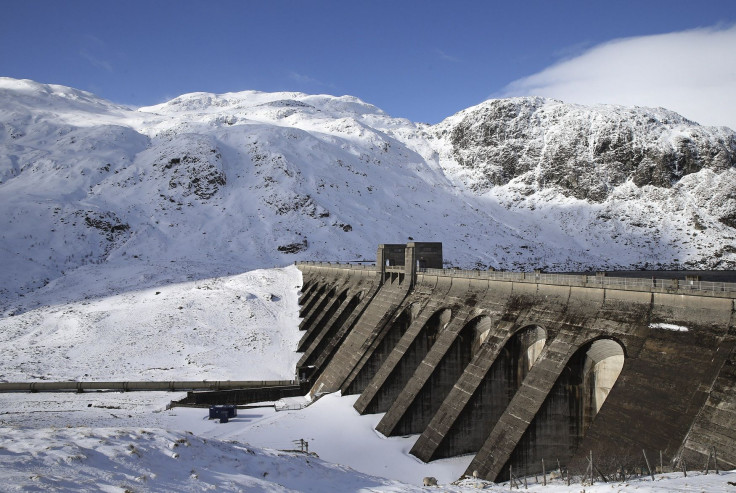Renewable energy generation levels helped reduce greenhouse gas emissions, study finds

Renewable energy generation has successfully helped in bringing down Australia’s greenhouse gas emissions, according to a new study. Emissions were recorded at 3.57 million tonnes in the three months to December.
With this development, Australia is on its way to meet the quarterly commitments made in Paris. The downslide in emissions – which comes as the largest for the quarter since 2001, when the government started tracking data – can largely be attributed to high levels of hydro and wind generation seen in October.
However, December quarter’s projected emissions for Australia stood at 6.89 million tonnes over levels suggested by the Climate Change Authority. Furthermore, with the current rate of emissions, the country may exceed over the required Paris targets in 2030.
As part of the Paris Agreement, countries pledged to keep warming below 2 degrees Celsius. The study found that, in the four years to December, the country has recorded 20.7 percent of its share of what the world can emit between 2013 and 2050. Should Australia continue with the trend of carbon pollution emission as last year, it could exhaust its carbon budget by December 2031.
Ndevr Environmental Managing Director Matt Drum emphasised how important renewable energy was, adding that it was “the only thing that’s keeping us in the ballgame.” As much as 6.4 percent of the national electricity market generation for October can be attributed to wind power. As for hydro electricity, Drum said it was “due in big part to all the rainfall around the Snowy mountains catchment area in NSW, which saw NSW emissions intensity figures drop significantly.”
Meanwhile, wholesale power prices have risen by more than 100 percent in a year. Simultaneously, they have reached twice than what they were under the carbon price.
The findings of the analysis, conducted by University of Melbourne's Climate and Energy College, revealed that average wholesale electricity prices surged to $134 a megawatt hour in the past summer. In comparison, the same number stood at $65-$67 during the summers when carbon price was in effect.
The largest increase was witnessed in Queensland and New South Wales, where power prices tripled in 12 months. South Australia, where electricity prices doubled, also bore the brunt. The escalation comes amid increasing gas prices and uncertainty with regard to investment into what power plants to construct as ageing coal generators shutter.





















